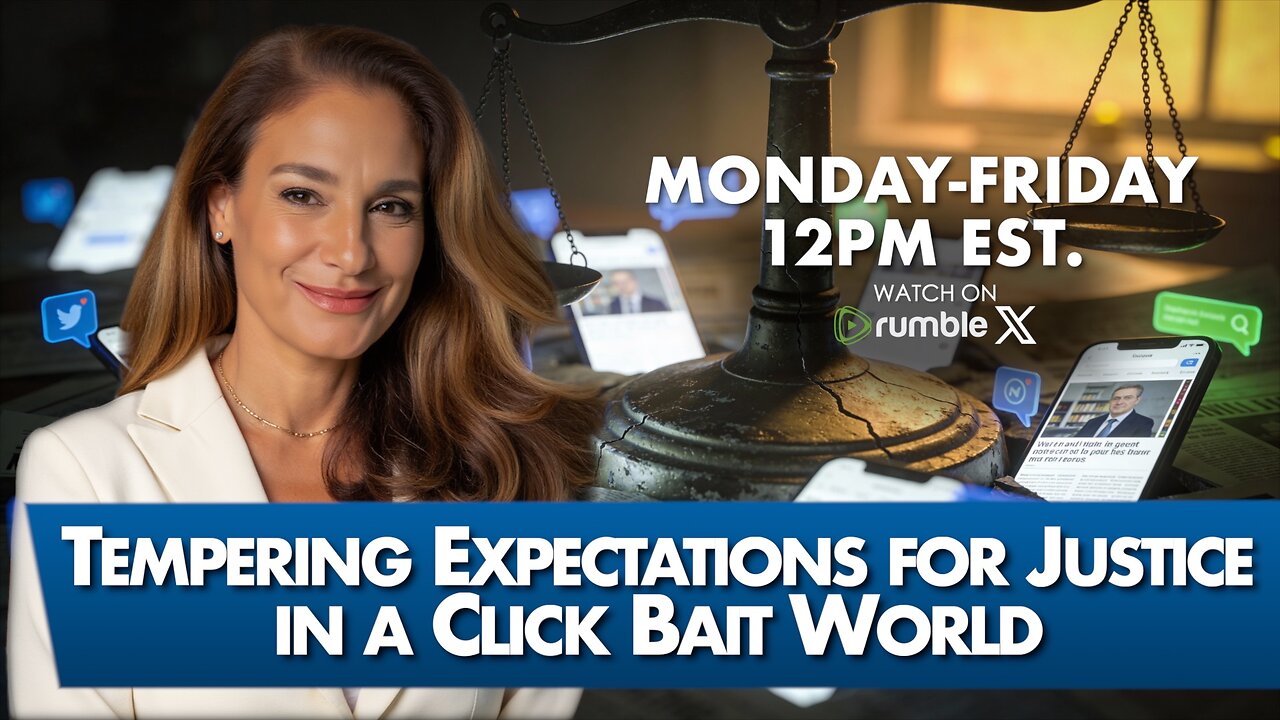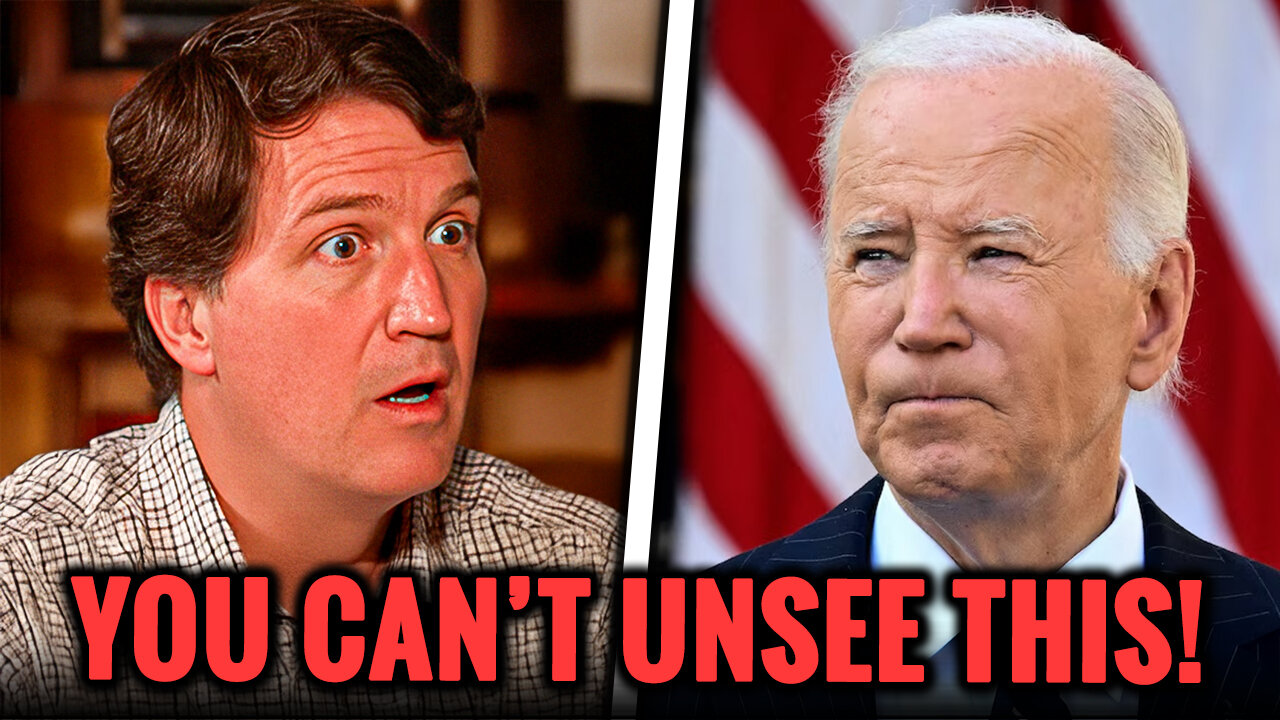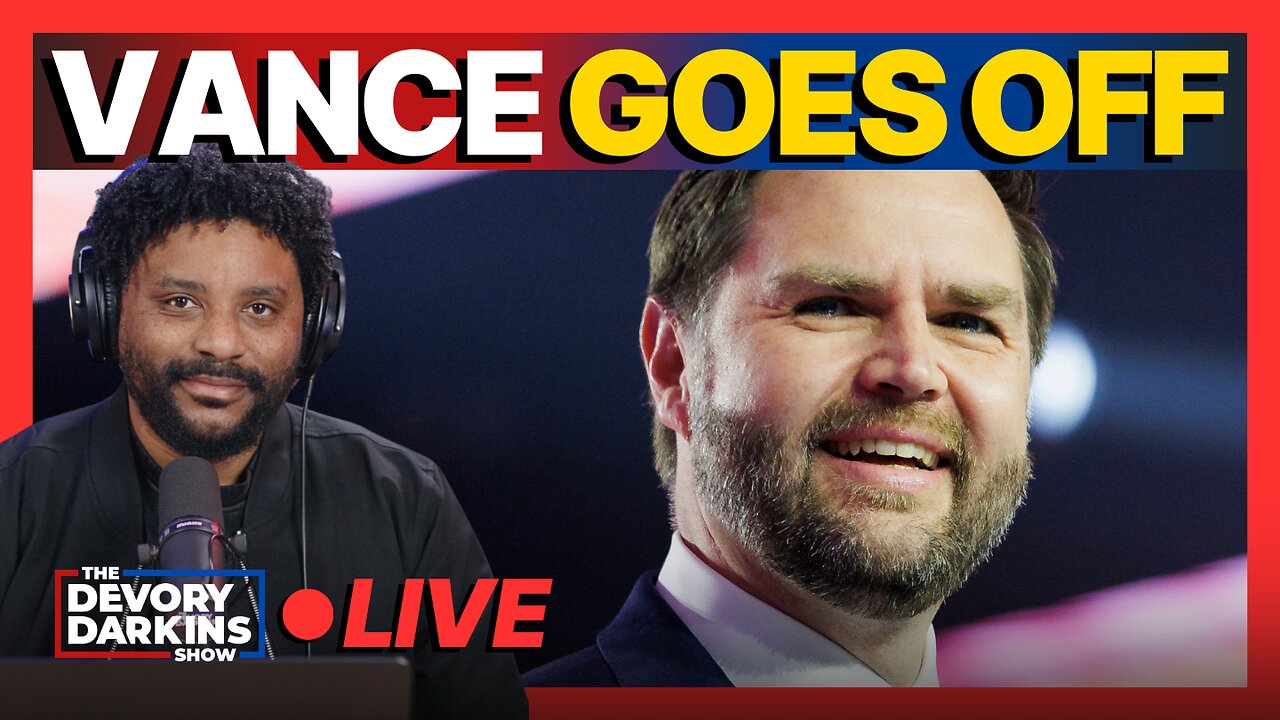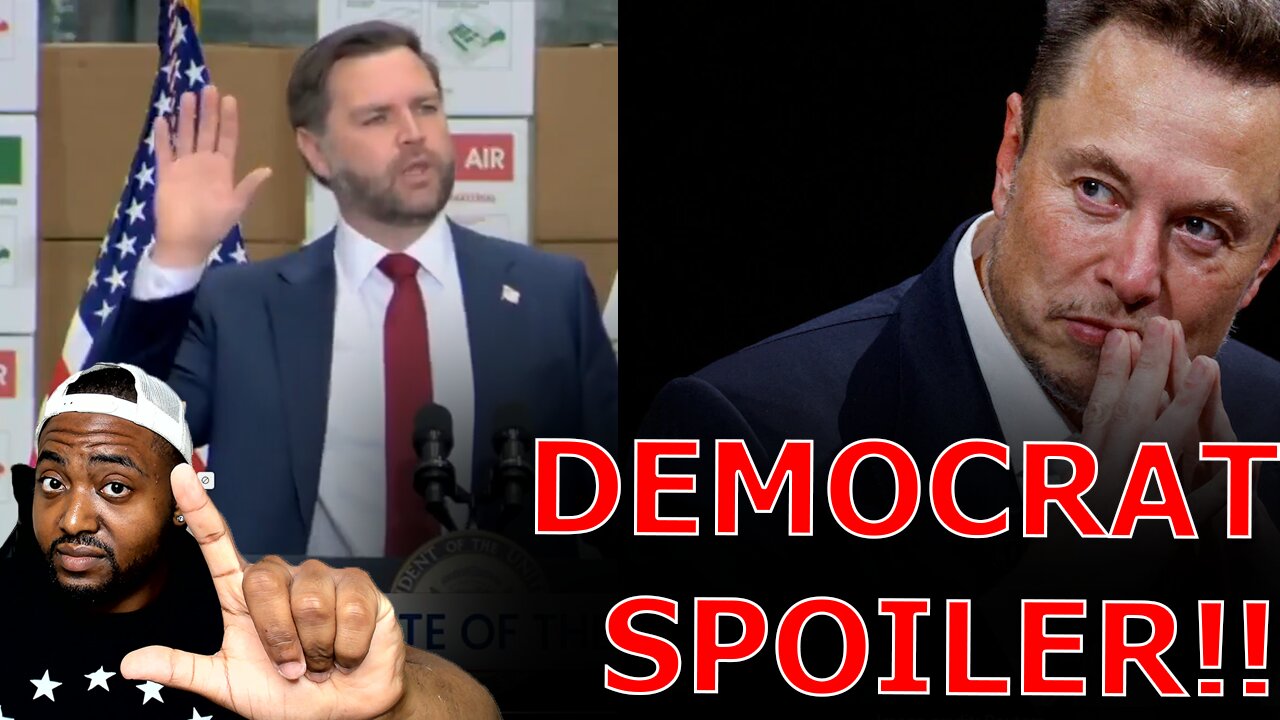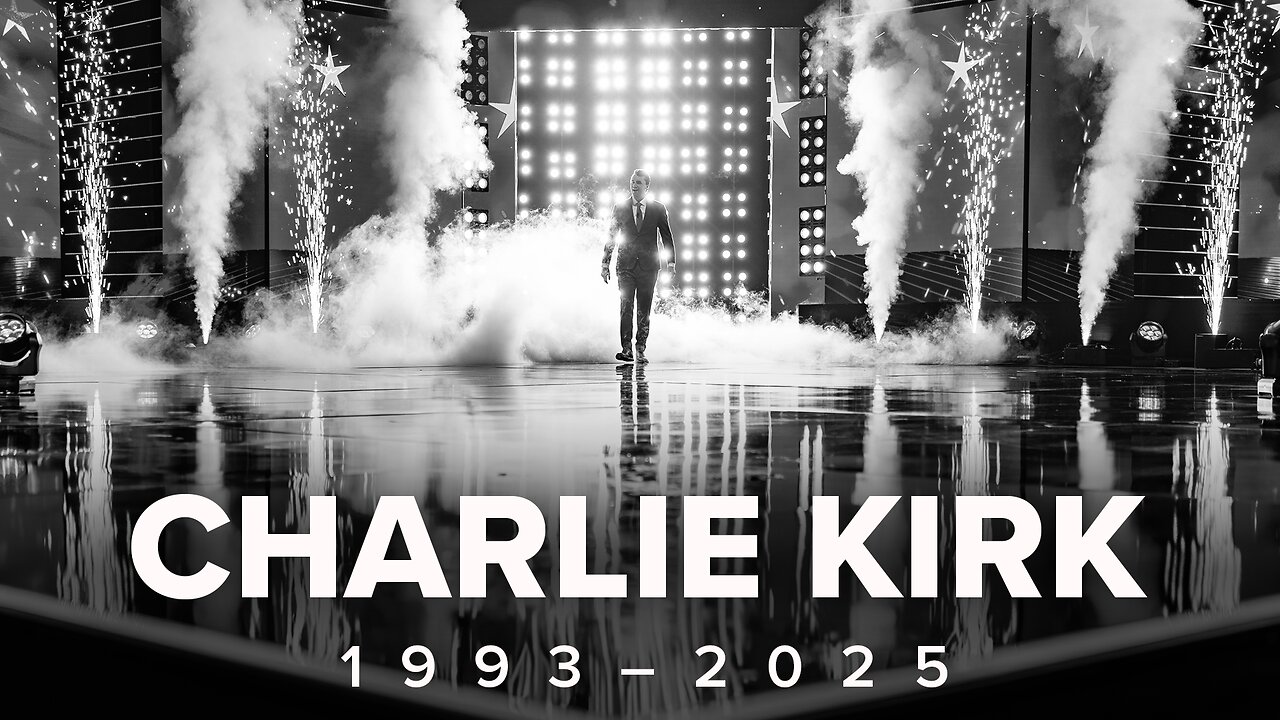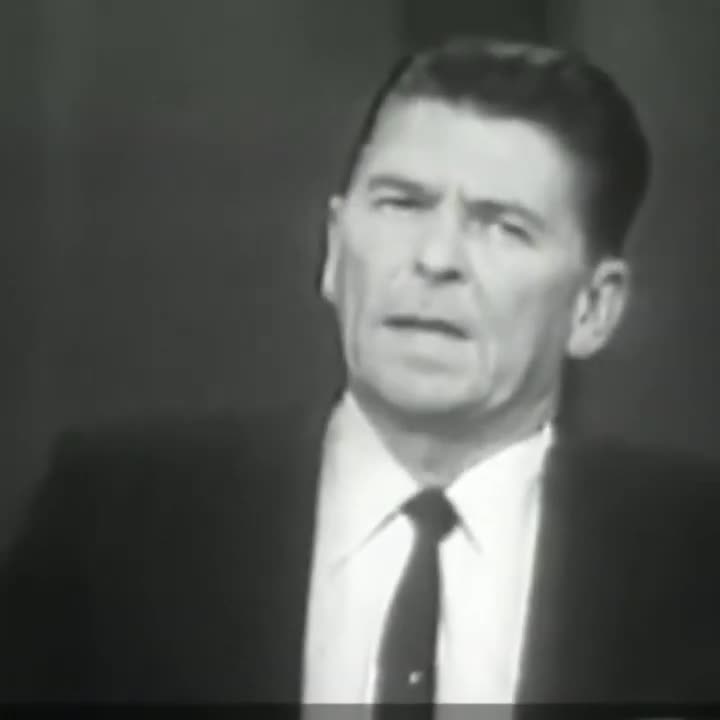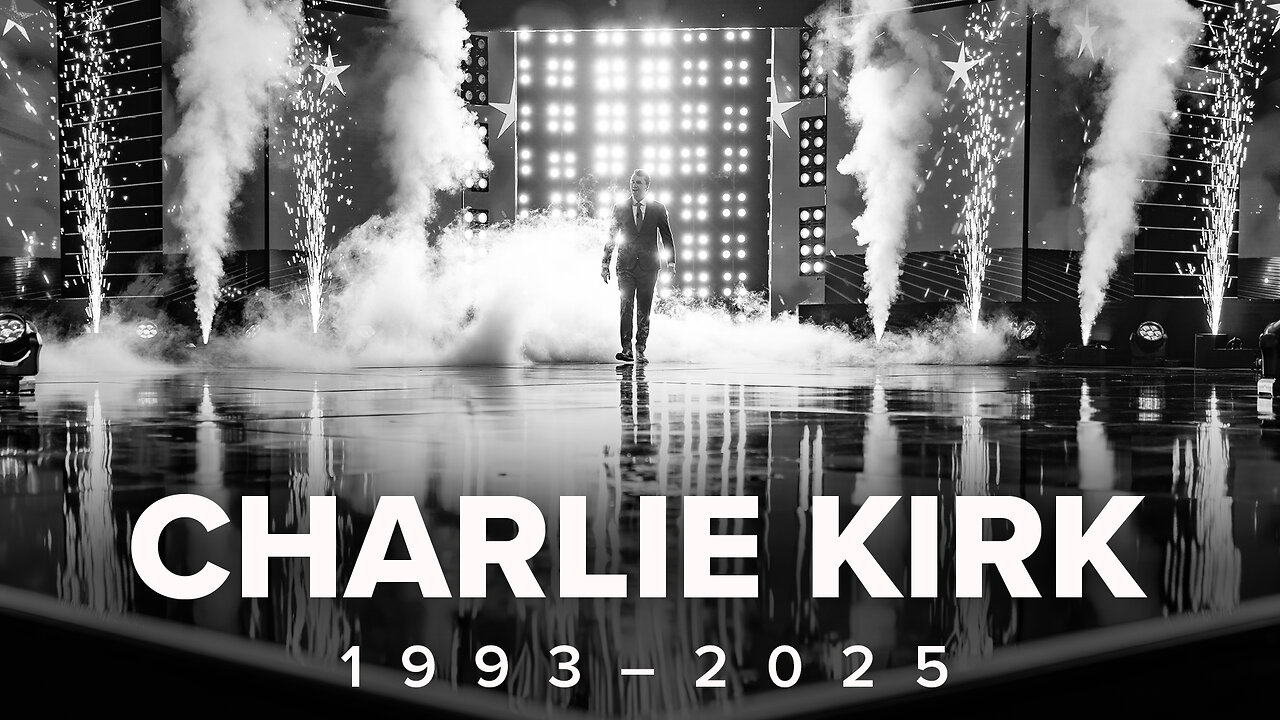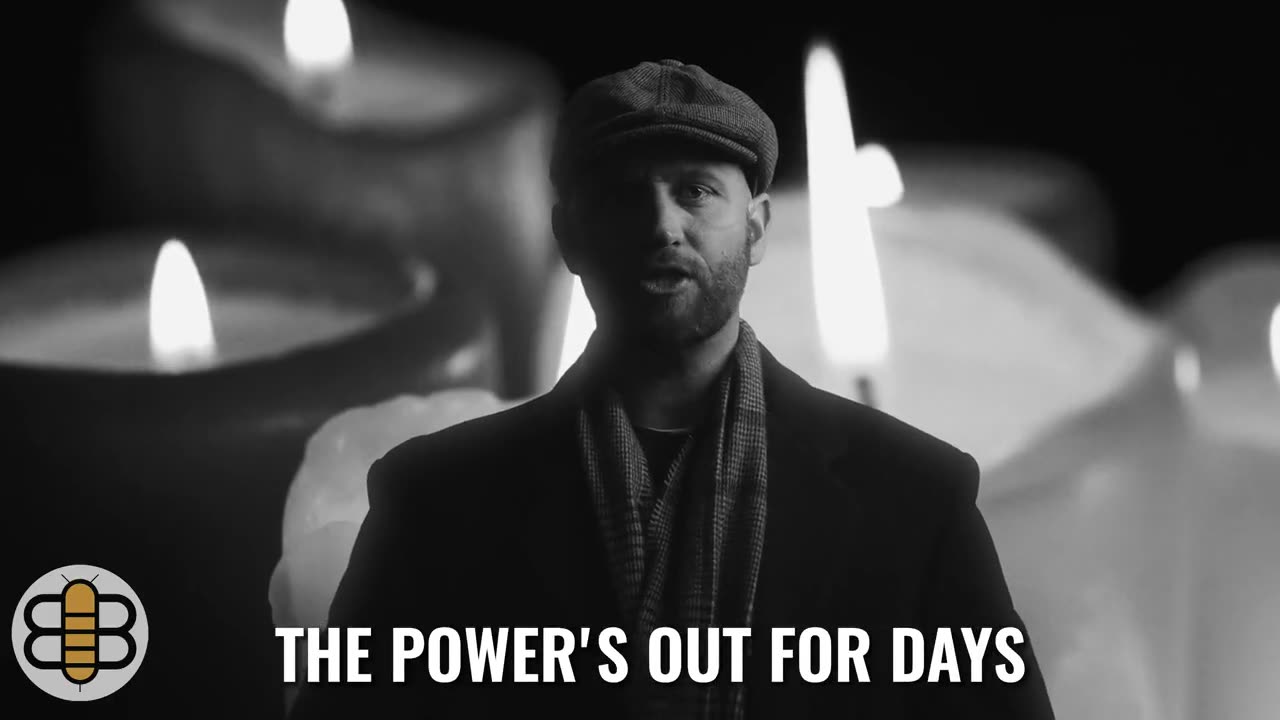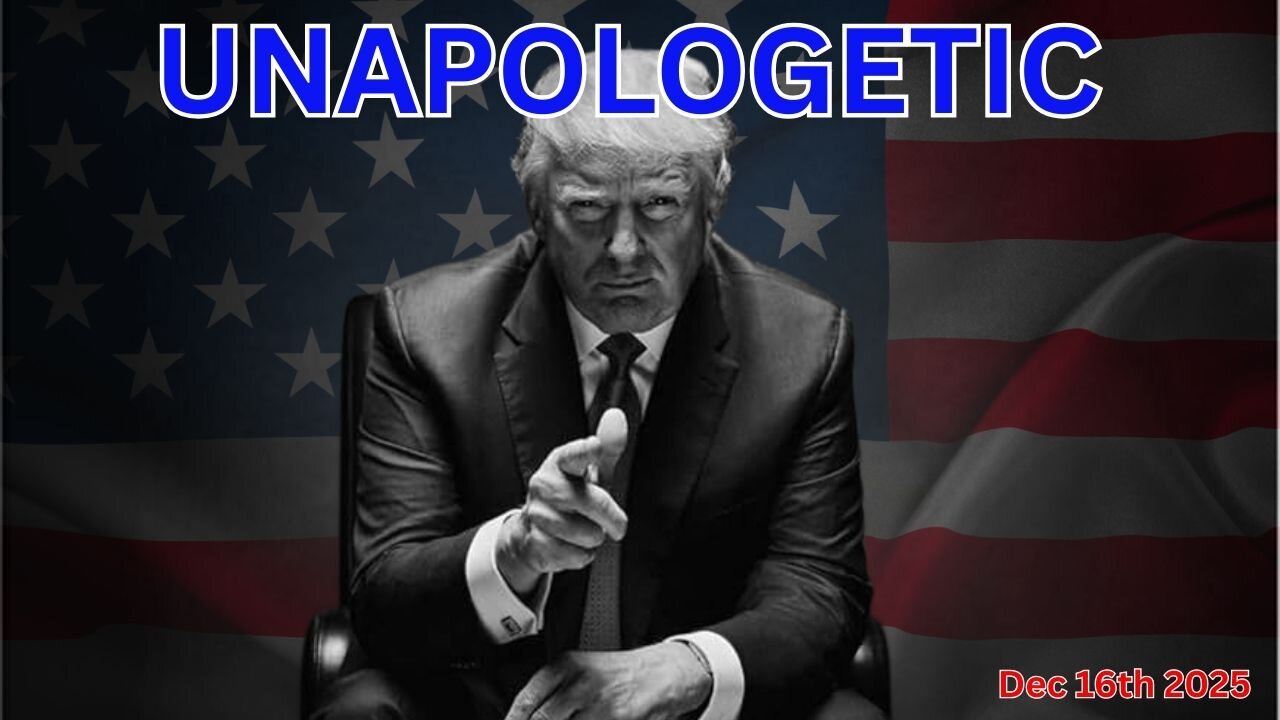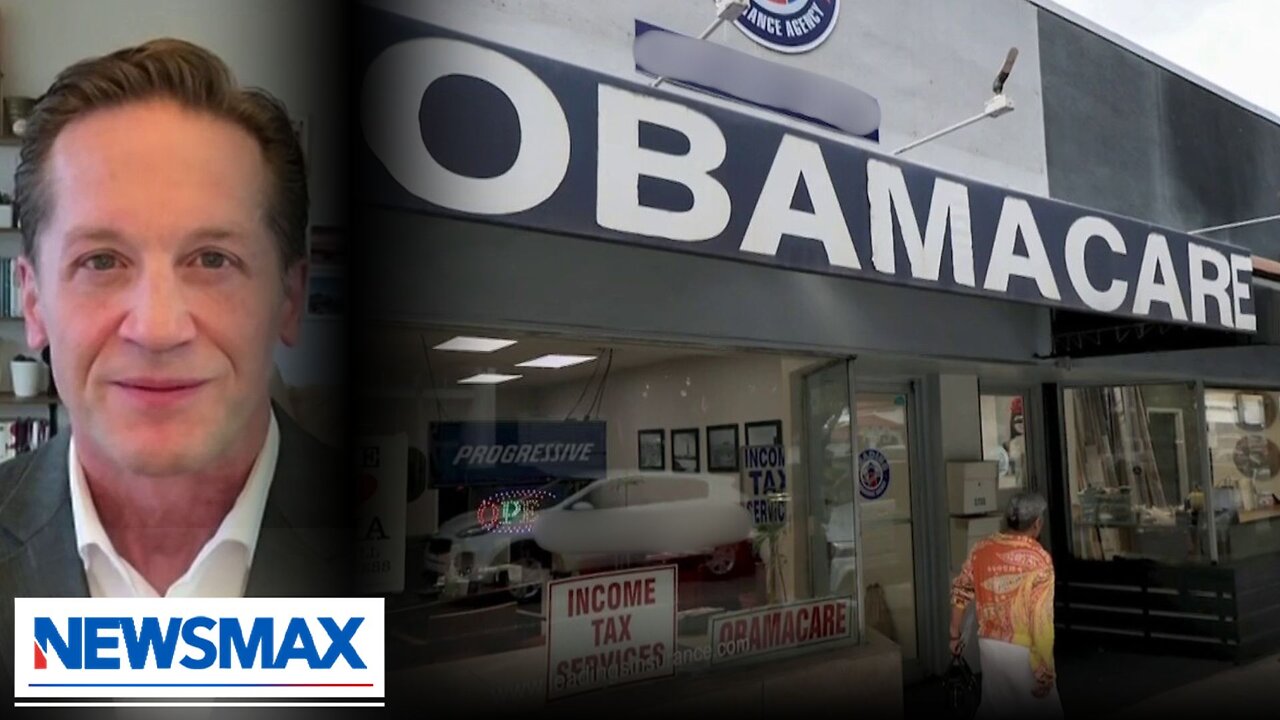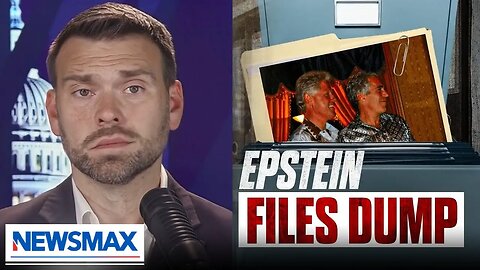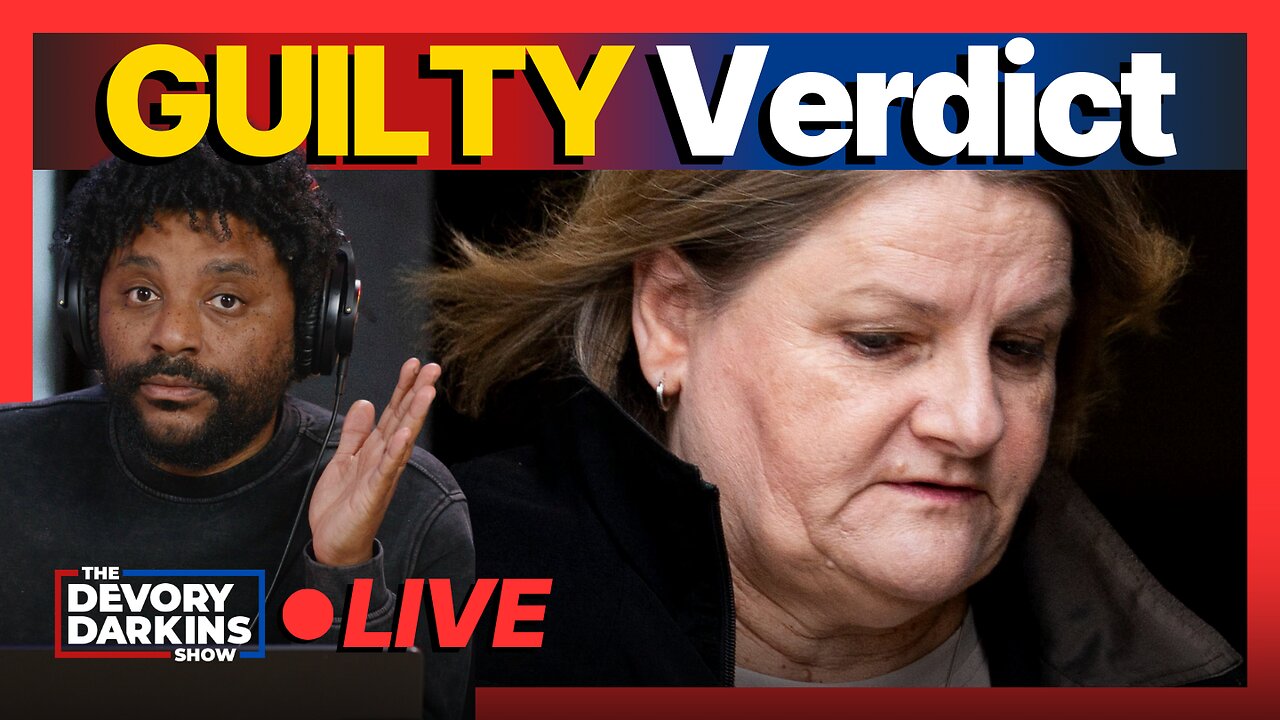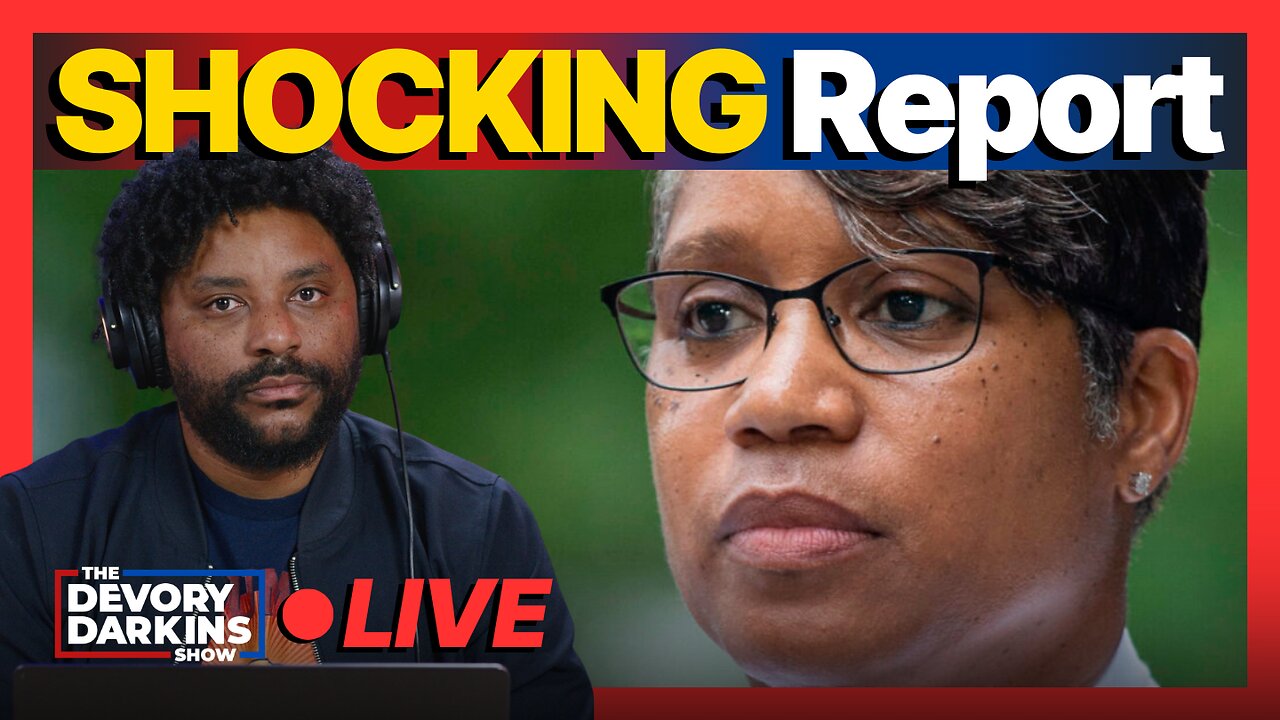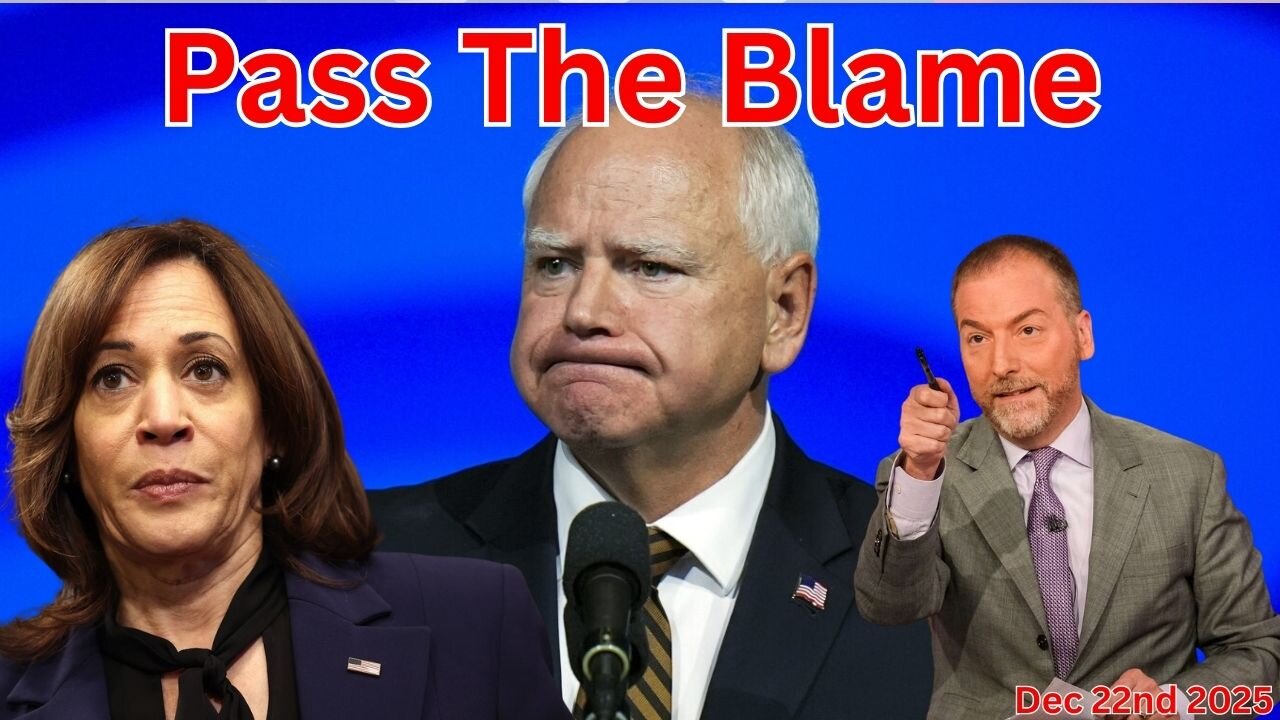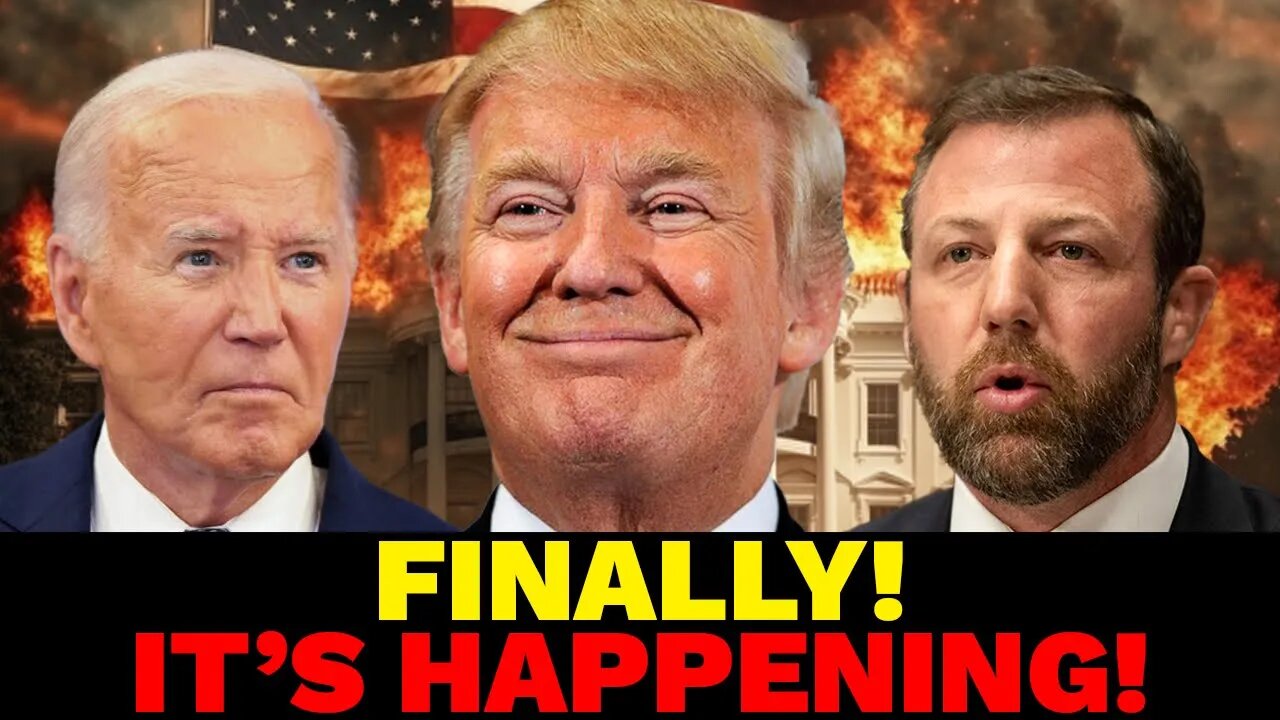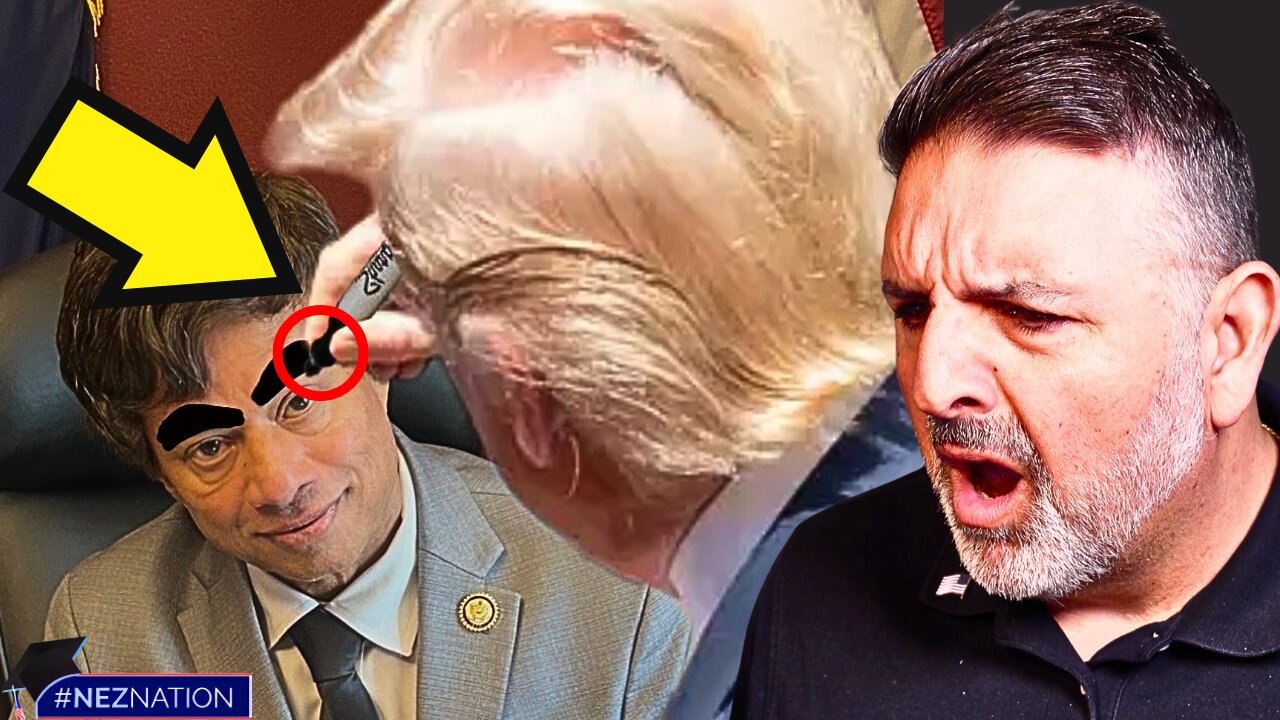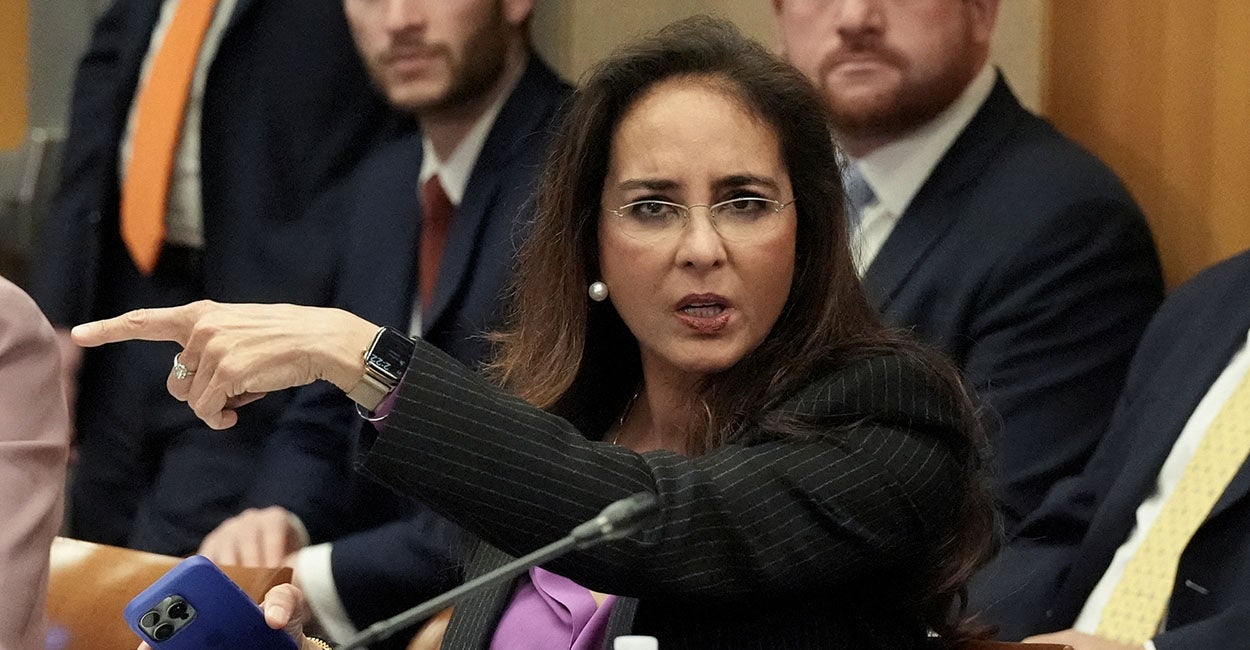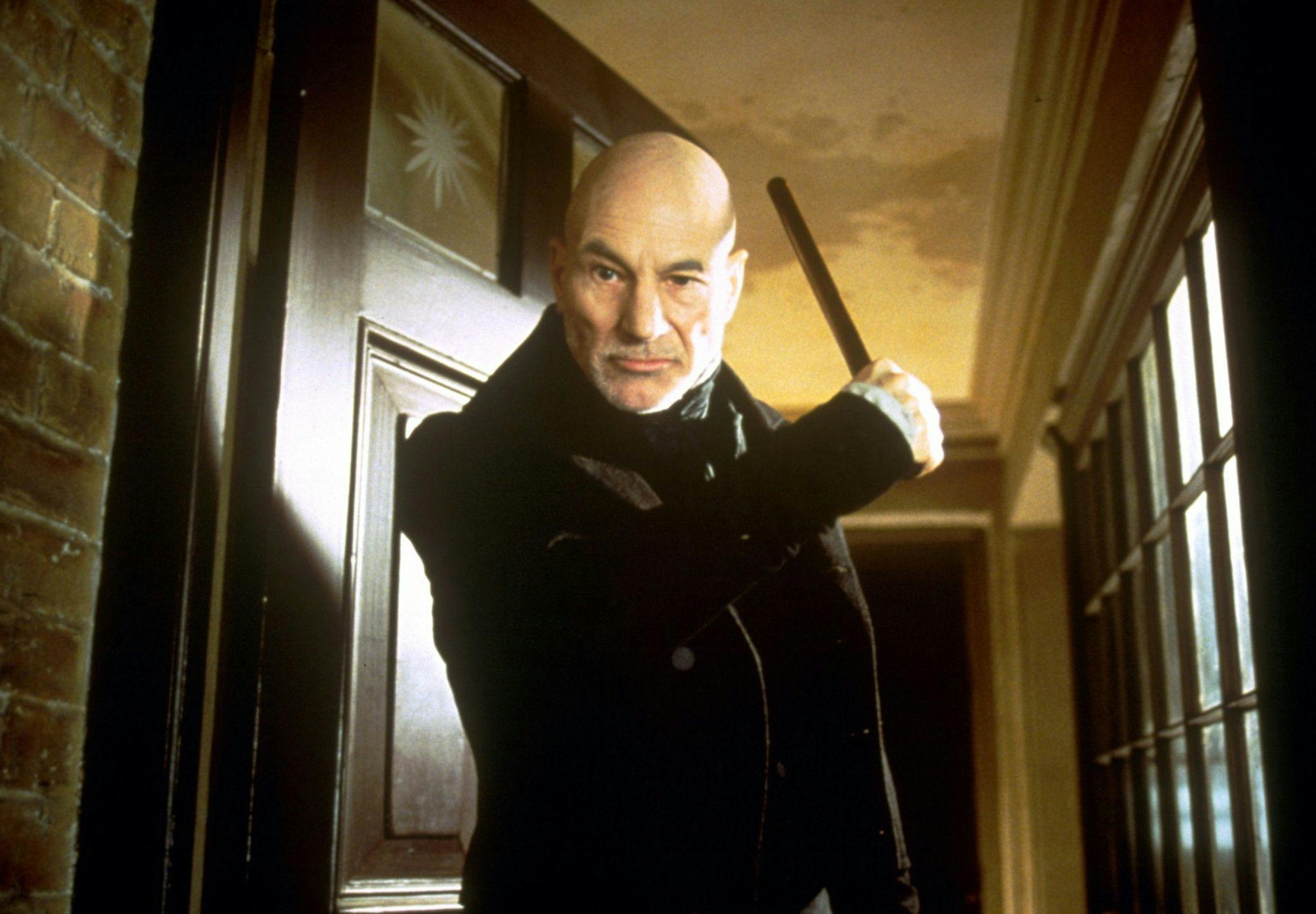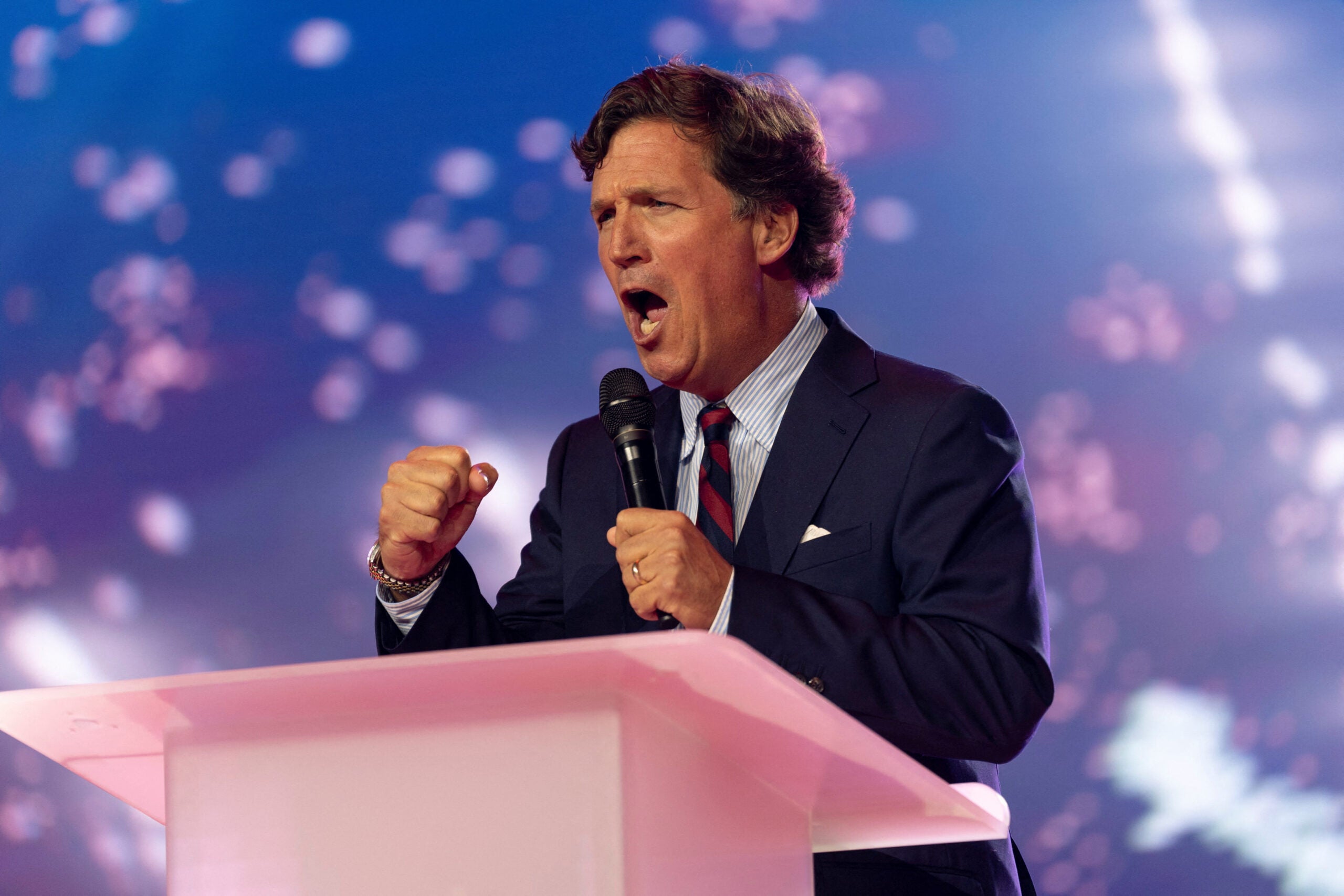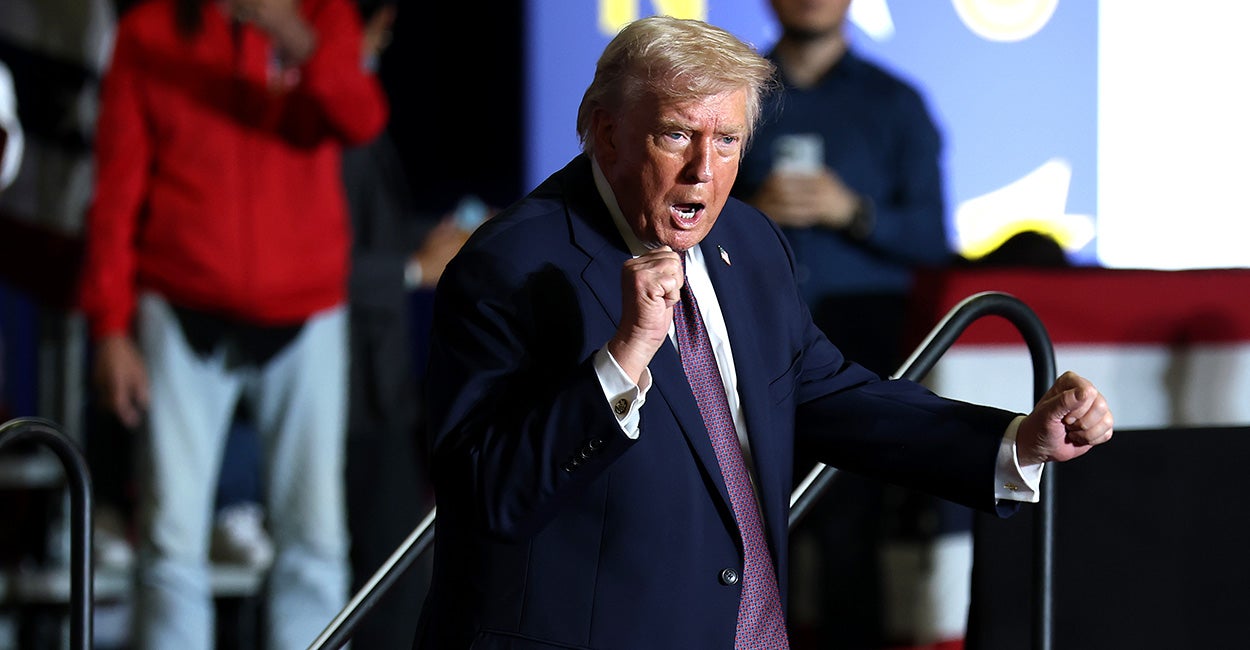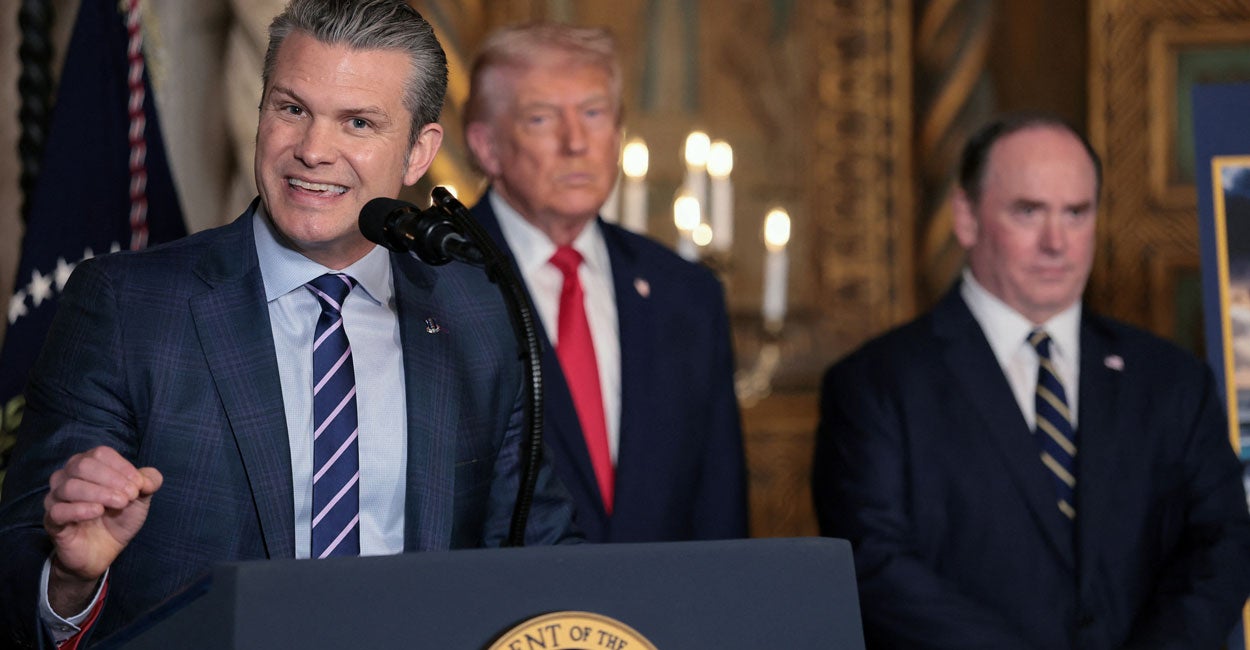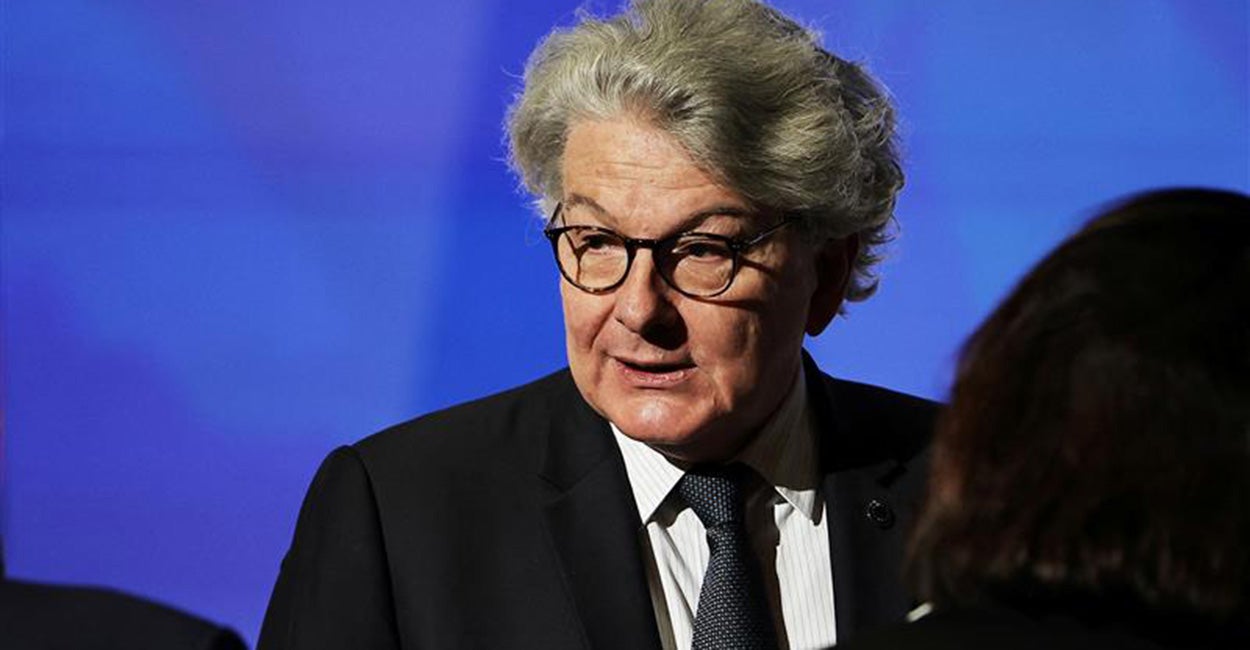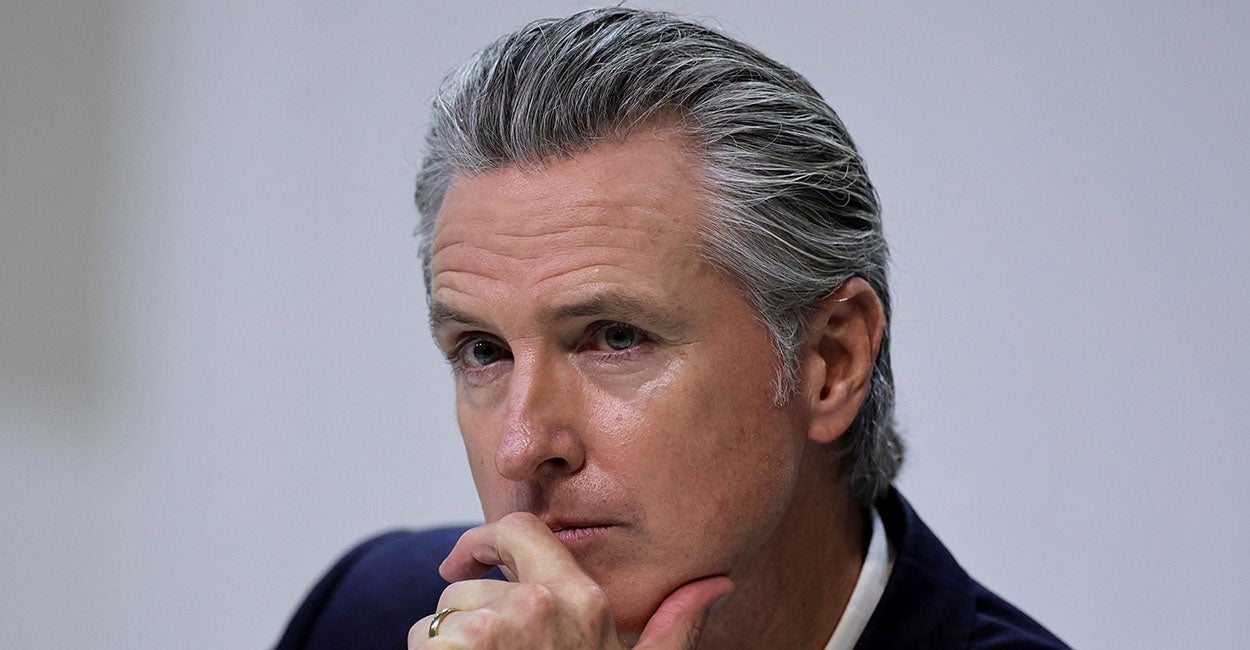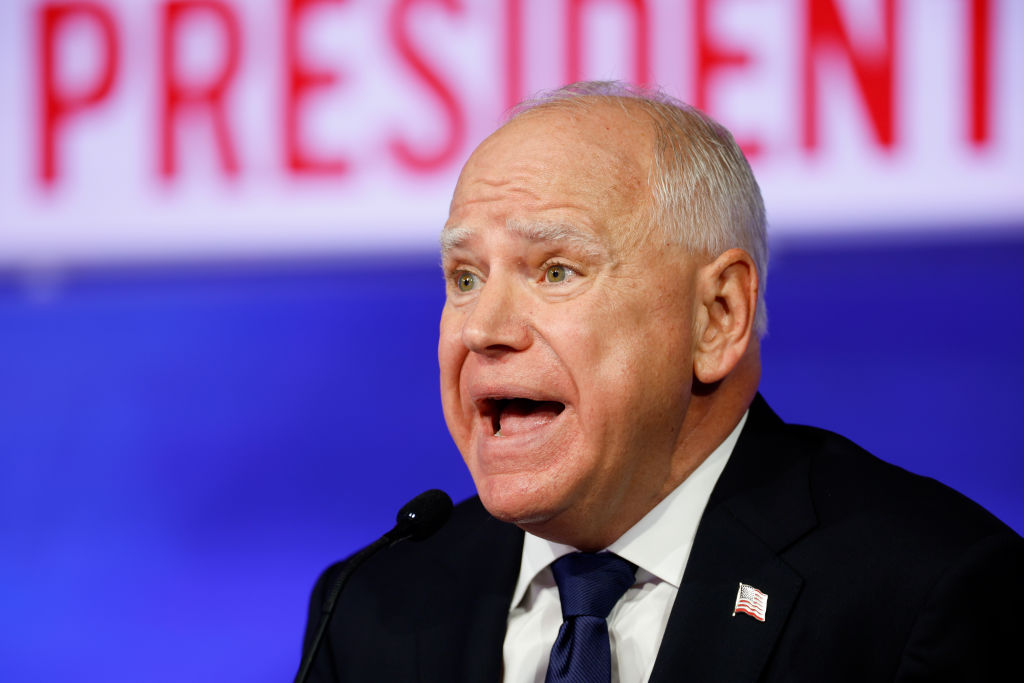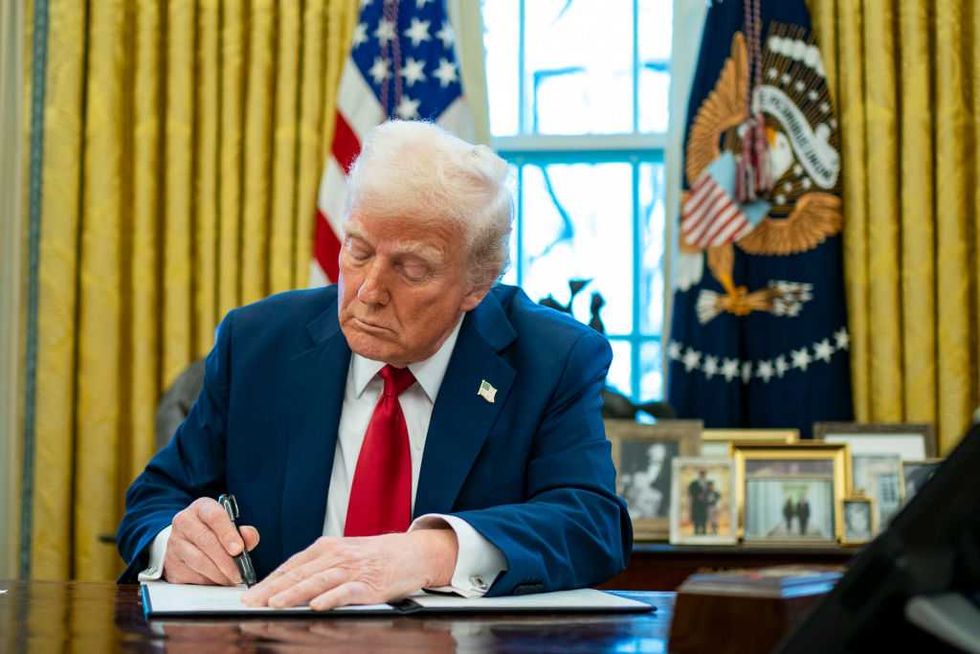Modest Cuts, Outsized Outrage: The Truth Behind the Big Beautiful Bill’s Budget Reform
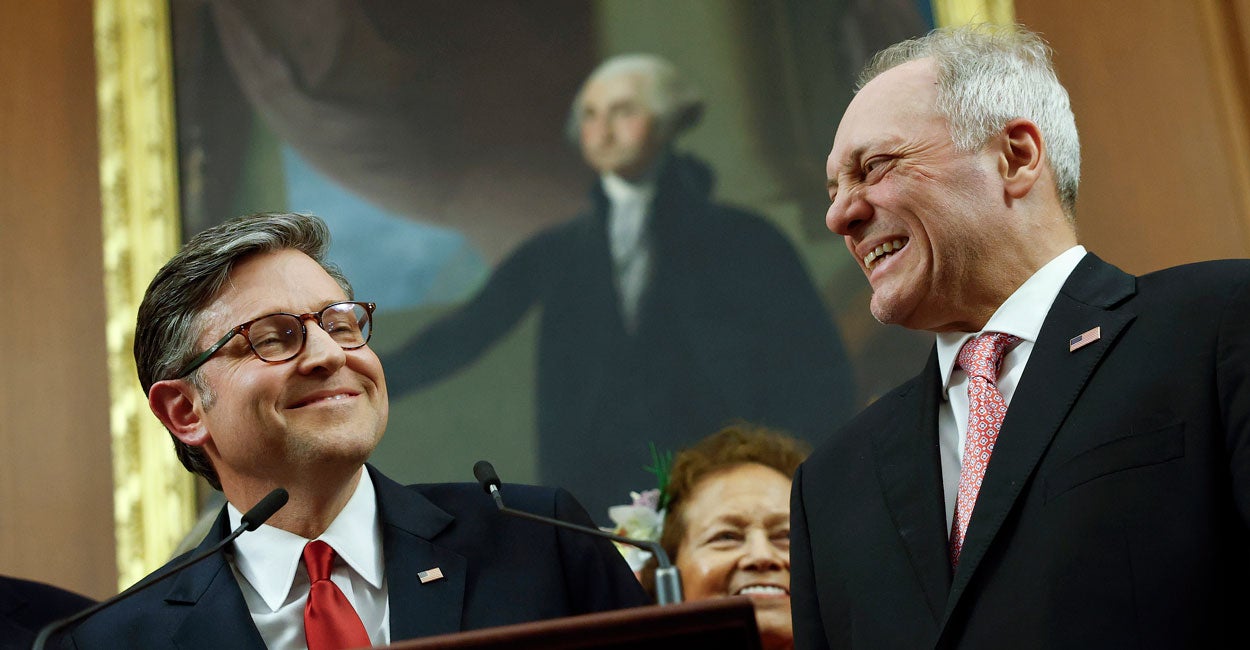
An unspoken rule among the Washington establishment is that once Congress throws money at a spending program that decision should be treated as irrevocable. If a future Congress shows any fiscal conservatism and tries even to address some of its waste and abuse, left-wing lawmakers—and their allies in the media—will excoriate them for making supposedly radical cuts.
Live Your Best Retirement
Fun • Funds • Fitness • Freedom
Before the House voted Thursday to pass the One Big Beautiful Bill Act, House Minority Leader Hakeem Jeffries went on a record 8.5-hour rant on the House floor accusing Republicans of an “all-out assault on the health and well-being of everyday Americans.”
If that sounds ominous, note that he also called the bill “an all-out assault on the care being provided by Planned Parenthood” for prohibiting Medicaid funds from going to abortion providers for one year. Phrases like “health care” and “all-out assault” mean something different to the far left than to the rest of us.
Jeffries referred to the House floor as a crime scene and even invoked the Bible saying, “The thief comes only to steal and kill and destroy.”
But let’s separate the rhetoric from reality. The bill’s spending reforms aren’t an all-out assault, they’re mostly common-sense measures to curb waste and abuse and to cut back on things that the federal government shouldn’t be doing in the first place. The proposed spending reductions would barely begin to curb the growth of America’s unsustainable federal spending.
Before the Big Beautiful Bill Act, government forecasters projected the federal government would spend $7.3 trillion in 2026, with spending rising to a little more than $8.2 trillion by 2029 if Congress allows spending to grow untouched. Under the Big Beautiful Bill’s reforms, the federal government would still spend $7.3 trillion in 2026 and by 2029 the government would spend about $8.14 trillion instead of $8.23 trillion.
So, the Big Beautiful Bill’s spending reforms wouldn’t even tap the brakes on the growth of government spending; they’d just accelerate it less.
There is broad public support for the Big Beautiful Bill’s spending restraint provisions—things like preventing illegal immigrants from receiving federal benefits, modest work requirement for childless, able-bodied adults taking welfare, and rescissions of funding for government bureaucrats and regulators. There’s nothing extreme or radical about such modest proposals.
The real extremism on display in Washington, D.C., is the Left’s unwavering commitment to limitless federal spending, even if it drives the nation off a fiscal cliff.
The Left’s old routine of framing even modest reforms as aggressively dismantling public services helps explain how America got into its giant fiscal hole with $36.2 trillion in debt.
Over the past 25 years, inflation-adjusted federal spending has increased by more than 108%, while the population has grown by just 21%. And whenever spending has ratcheted up, the debt has ratcheted up even more. The inflation-adjusted national debt has doubled since 2014 and is almost 3.5 times higher than it was in 2000.
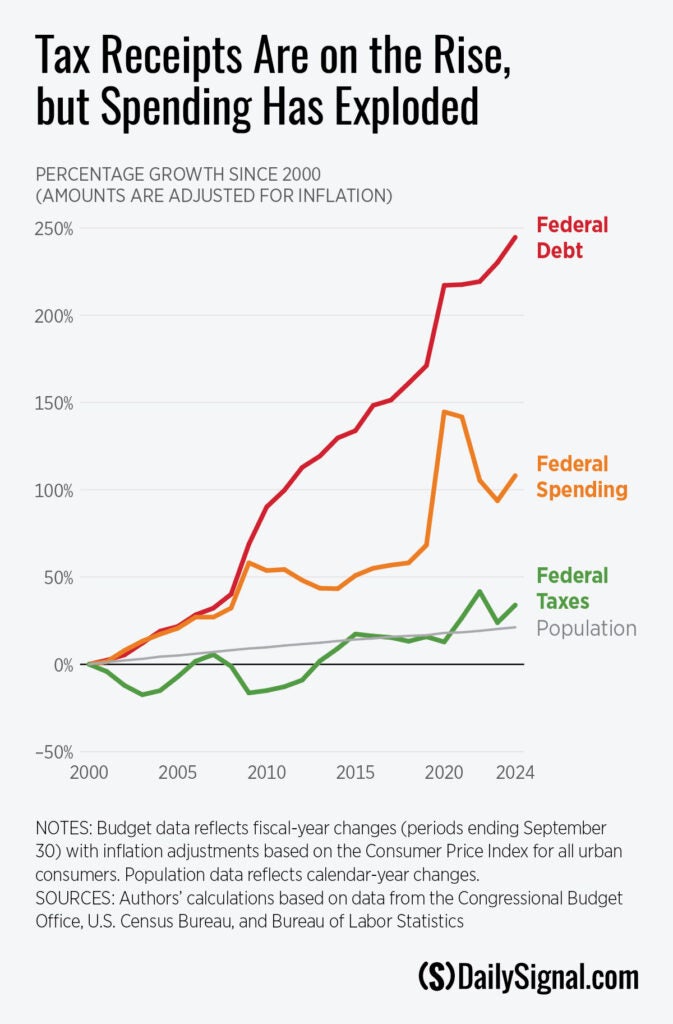
The Left’s solutions to the unsustainable growth in federal debt are either to ignore the problem or to try to tax our way out of it.
However, the federal debt isn’t exploding because Americans are undertaxed but because Washington has refused to stop—or even slow down—its overspending. Inflation-adjusted federal tax revenues have increased by 34% since 2000, more than half-again as much as population growth. Americans are taxed as much as ever, but the solid growth of federal tax receipts can’t keep up with the explosion of federal spending.
The Big Beautiful Bill Act will keep Americans’ inflation-adjusted federal taxes at roughly the same level as they’ve been for most of the past decade by extending the 2017 tax reforms that are set to expire. Again, this is hardly extreme, unless you’re a committed apologist for higher taxes and spending.
Rather than distorting the facts and engaging in fearmongering, lawmakers should look at what’s really driving our fiscal problems. Tax revenues are not the issue. The problem is Washington’s insatiable appetite for spending, which must be curbed before it consumes the financial future of both current and future generations of Americans.
A sustainable budget reflects a government’s commitment to a prosperous future in which economic freedom is maintained.
According to The Heritage Foundation’s Index of Economic Freedom, the U.S. is one out of eight countries with a fiscal health score of zero, tied for last in the world. That places America below Venezuela and on par with countries like Cuba and North Korea.
Restoring the nation’s fiscal health can only be achieved with spending restraint. Trying to tax our way out of our fiscal hole would be a recipe for recession in the short run and stagnation in the long run. Instead of turning to higher taxes, the Big Beautiful Bill Act takes a small first step at spending restraint by eliminating some waste and excess.
Congress must start to view modest spending reforms as routine, if it is ever going to accomplish the larger spending reform measures that are necessary to reverse the trajectory of our debt and deficits.
To label the level of spending reforms in the Big Beautiful Bill “extreme” is to refuse to engage with reality. The fact that the bill provokes such outrage among some in Washington speaks volumes.
The Big Beautiful Bill’s practical and responsible spending reforms are a step in the right direction, and it sure beats moving in the wrong direction. But there is much more to be done to get back on the road to fiscal sanity.
The post Modest Cuts, Outsized Outrage: The Truth Behind the Big Beautiful Bill’s Budget Reform appeared first on The Daily Signal.
Originally Published at Daily Wire, Daily Signal, or The Blaze
What's Your Reaction?
 Like
0
Like
0
 Dislike
0
Dislike
0
 Love
0
Love
0
 Funny
0
Funny
0
 Angry
0
Angry
0
 Sad
0
Sad
0
 Wow
0
Wow
0





